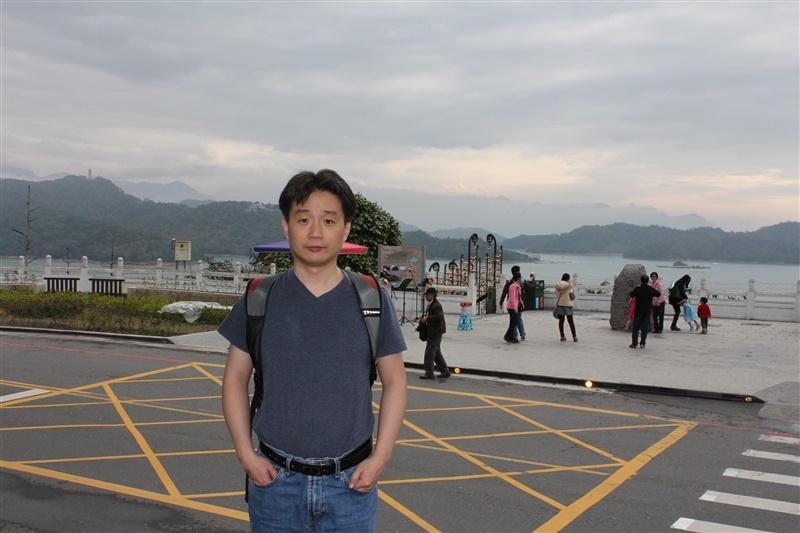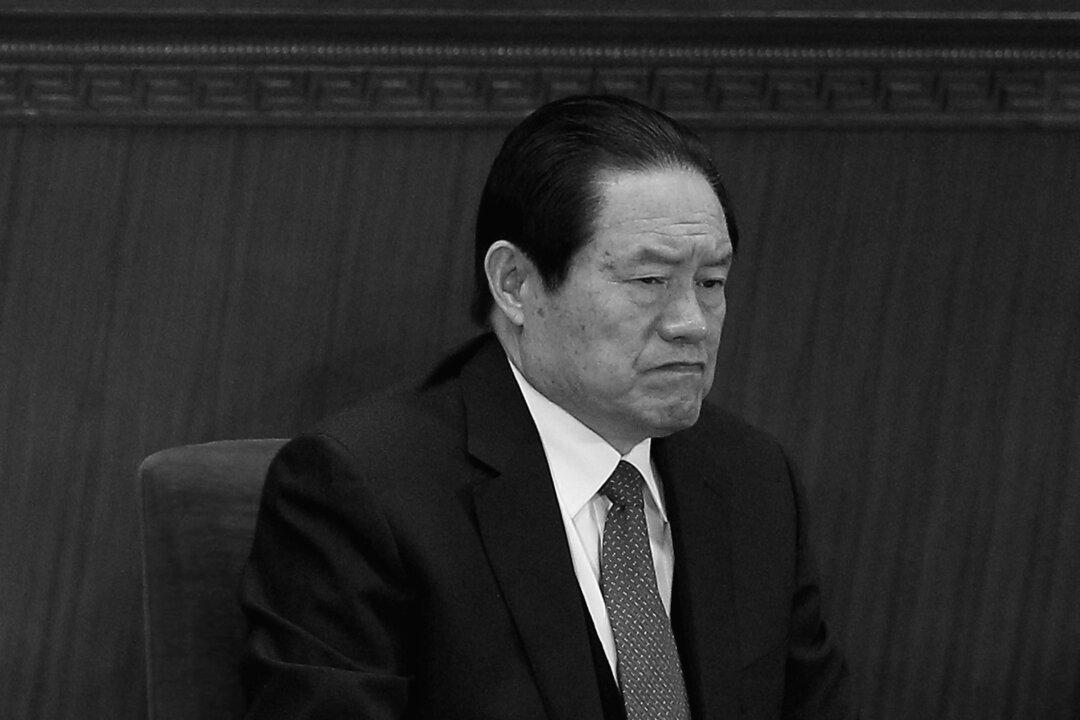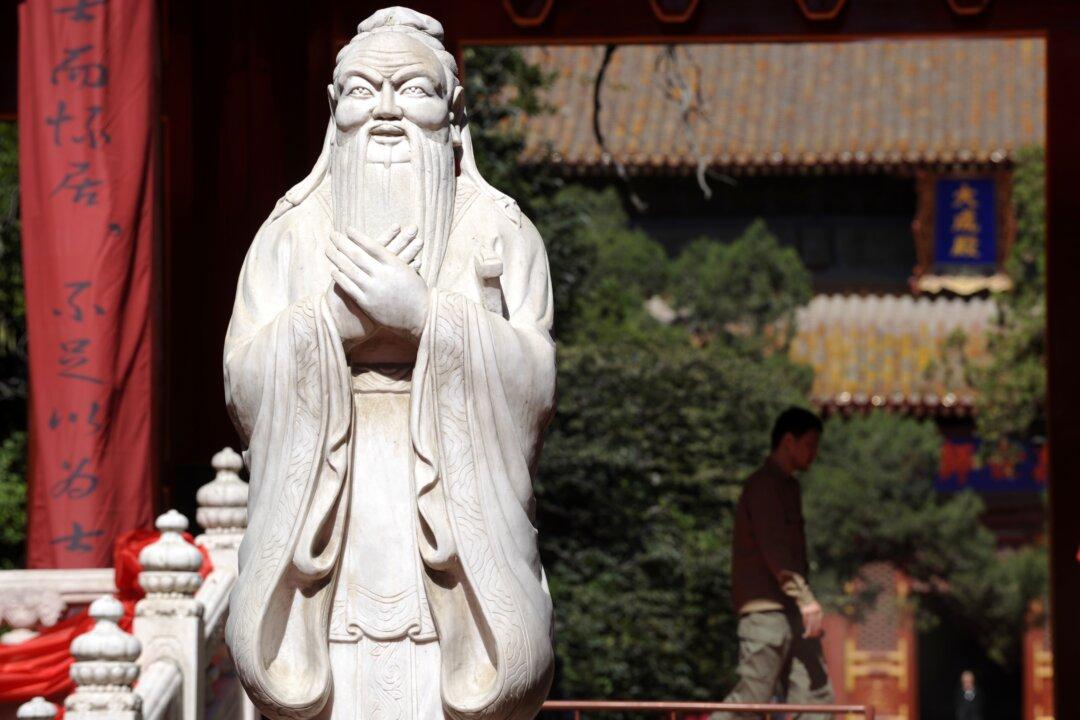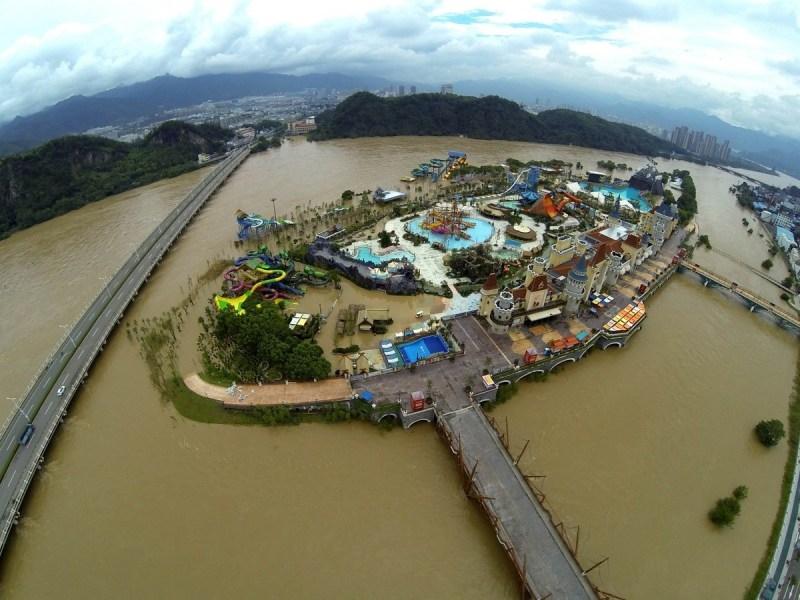According to China’s Legal Evening News, Beijing has been low on water since 1999 and has now experienced a severe water shortage for several years.
Beijing requires an average of 3.6 billion cubic meters of water annually, while water sources provide only 2.1 billion cubic meters, resulting in a shortage of 1.5 billion cubic meters of water each year.
By international definitions, water scarcity is defined as less than 500 cubic meters of water per person per year. The annual water supply in Beijing totals less than 100 cubic meters of water per person, making Beijing’s water shortage worse than that of the Middle East and North Africa.
In the past, Beijing had an abundant supply of water from the five rivers that flow through the city. Yongding River, one of the main tributaries in the Hai River system and best known as the largest river to flow through Beijing Municipality, has now dried up.
In an attempt to eliminate the shortage, Beijing began turning to underground water and reservoirs. Overexploitation eventually drained these sources as well, making the transfer of water from other regions the only remaining choice.
Water Transfer
Billions of dollars have been spent on the South-North Water Transfer Project over the years. However, according to Beijing Water Authority deputy director Liu Bin at a recent press conference, even 1 billion cubic meters of water from the south each year is insufficient to eliminate the severe water shortage in Beijing.
Water conservation ecology expert Wang Weiluo from Germany told Sound of Hope radio network that water scarcity in Beijing is a manmade disaster that began following the Chinese Communist Party taking over in 1949.
He says that Mao’s decision to construct a water reservoir for Beijing had intercepted 1.4 billion cubic meters of water from the Yongding, causing drying and pollution.
Wang says that there is no data on the feasibility study of the South-North Water Transfer Project and that it was initiated simply based on the words of Mao Zedong.
When Mao visited the Yellow River in 1959, he suggested “borrowing” 100 billion cubic meters of water from the south—twice the amount of the water in the Yellow River. Wang says that Mao’s suggestions were purely based on an impression and were not backed up with any research or data.
When China was given permission to host the 2008 Olympics in Beijing, Jiang Zemin initiated the middle route of the South-North Water Transfer Project in the name of bringing clean water to Beijing for the Games. Over five years after the Games ended, no water has passed through. Beijing has been receiving water transferred from nearby Hebei Province since 2008.
There is another factor involved in Beijing’s water shortage: the predominance of Beijing in China.
According to Beijing human rights lawyer Tang Jitian, China is setting Beijing up for disaster by centering all of its efforts and resources on Beijing alone. As other regions are deprived of resources and opportunities for development, their workforce migrates to Beijing, resulting in an expanding population that takes a toll on Beijing’s natural resources. At some point, Beijing’s expansion will reach a point where resources are simply unavailable, according to Tang.
Translated by Virginia Wu. Research by Lisa Huang. Written in English by Stephen Gregory.
Read the original Chinese article.




